With the popular DIY movement underfoot, it is likely that you may want to try your hand at a few craft cocktails. This post will help you with some basic ratios and ideas for mixing up craft cocktails using drink syrups (either tangy shrub syrups or their sweeter sister – simple syrups). There are also links to specific cocktail recipes that use shrub syrups as an ingredient.
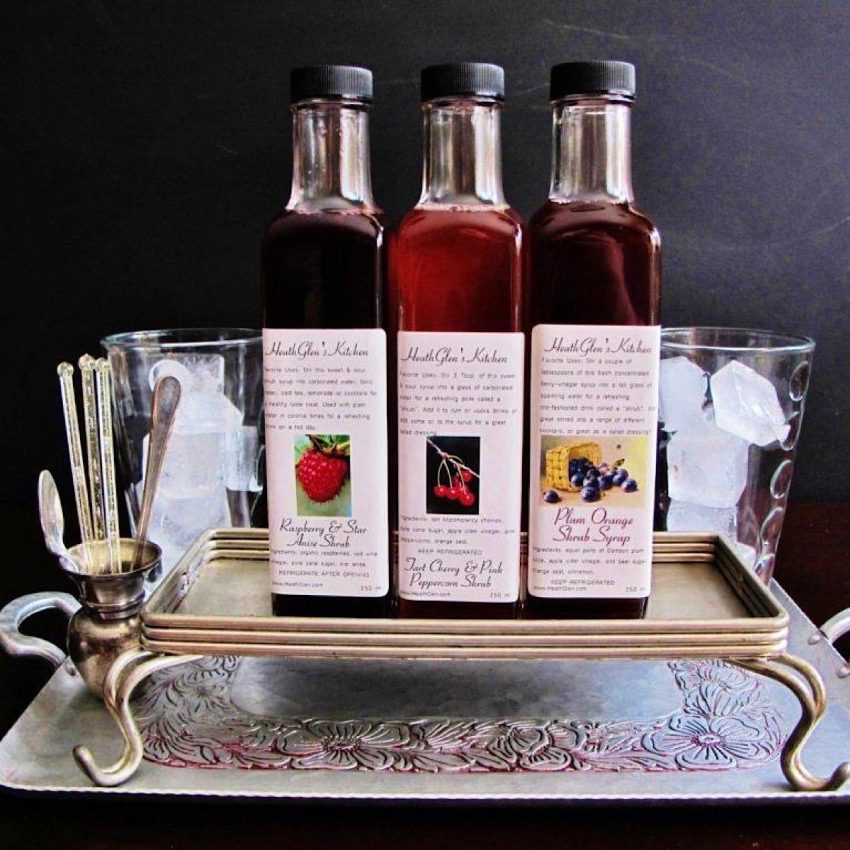
Jump to: Shrub Syrup vs Simple Syrup | Hot vs Cold Process | How to Infuse Simple Syrups | Cocktails & Ratios | Template for Craft Cocktails
This post may contain affiliate links. As an Amazon Associate, I also earn from qualifying purchases. You can read our disclosure information here–
Shrub Syrup vs Simple Syrup
Basically a shrub syrup is a fruity-acidic concentrated syrup that can be used to flavor carbonated water, iced tea, lemonades, cocktails or mocktails.
Bartenders (mixologists) are embracing shrub syrups as an innovative alternative to the sour element of citrus in cocktails.
The term “shrub” is derived from the Arabic word sharāb meaning “to drink”. The American version has its origins in the 17th century, when vinegar was used to preserve berries and other fruits.
The shrub syrup of Colonial times resulted in a sweet and sour syrup that was most often mixed with water and served as a refreshing drink on the porch or in the field.
A common ratio of ingredients in making a shrub syrup would include equal parts of fresh berry juice, apple cider vinegar and pure cane sugar. Of course, variations in the type of fruit, vinegar or sugar are endless, but the classic recipe uses the ingredients listed above in equal parts.
Aromatics or herbs are often added, sometimes in place of the berries and sometimes as an enhancement to the berries.
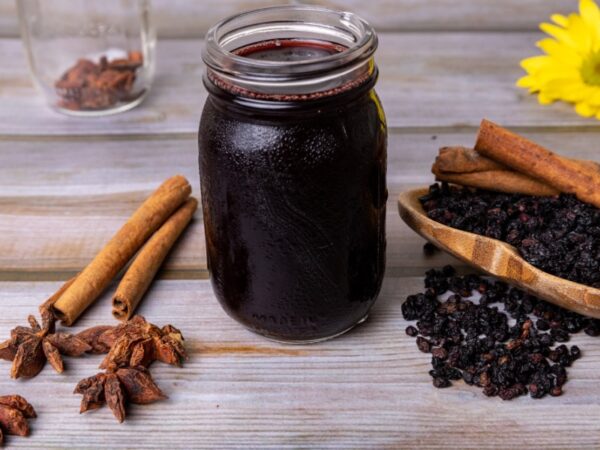
Hot vs. Cold Processing
The process of making shrub syrups varies. The quickest and easiest method of making shrubs is the stove top method. The “best” way to make shrub syrups is debated. Here are the most popular methods.
Typical Hot Shrubbing Method:
- add equal parts of sugar and water to a pot and heat until the sugar dissolves;
- add fruit to the sugar syrup and simmer until fruit breaks down and is blended into the syrup;
- strain the syrup, add the vinegar to it, pour into a bottle and store in the refrigerator.
Hot Shrubbing without Making Simple Syrup First:
In our kitchen we do not water the syrup down at all and follow this process instead:
- We start by juicing the fruit in a Swedish Mehu Liisa juicer (see photo below);
- simmer the fruit juice and sugar until the sugar dissolves
- add herbs and/or aromatics to the pot and let it steep for 20-30 minutes
- strain the syrup and add the type and amount of vinegar you prefer (we base this on the type of fruit being used. Sometimes it is apple cider vinegar, sometimes coconut vinegar, sometimes white wine vinegar, etc.)
- Bring the syrup with the vinegar up to a rolling boil to pasteurize and pour into hot bottles and cap
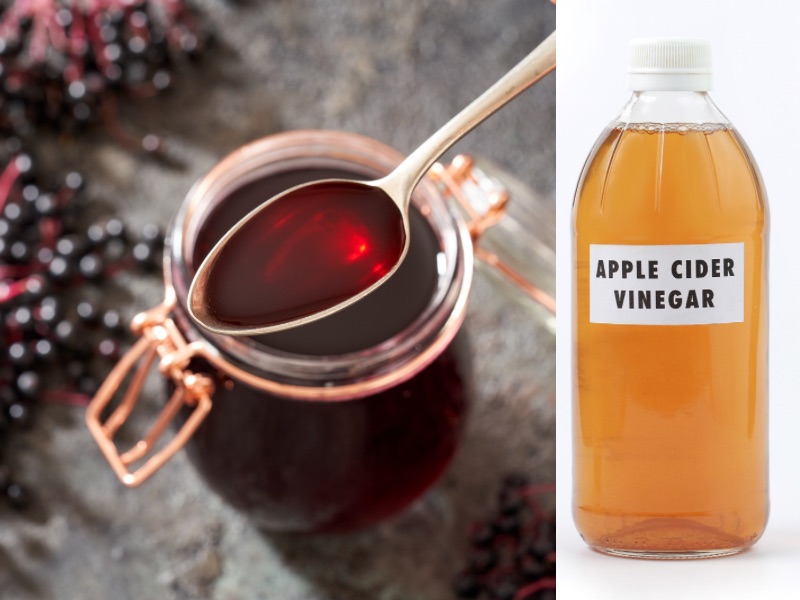
Cold Processing Method:
Some people prefer a “cold processing” method, and believe that the taste is more intense and more pure.
Cold shrubbing is typically done as follows:
- let the berries steep in sugar for several days until their juices are released;
- Strain the berry-sugar syrup to remove pulp or solids, add vinegar and pour into a large vessel
- Let the fruit juice and vinegar sit for 15-30 days and then bottle up.
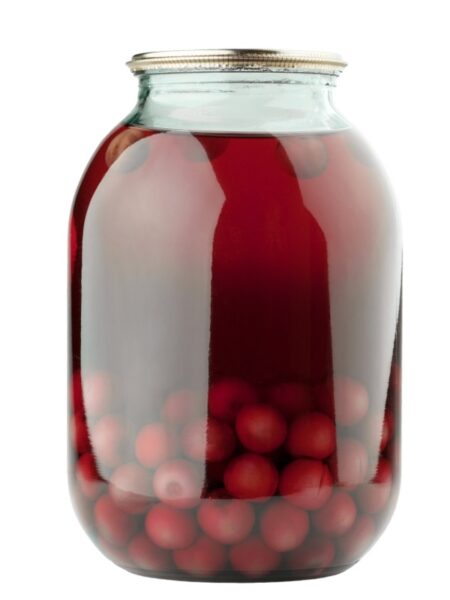
I vary my method for making shrub syrups depending on the type of fruit or shrub base. Strawberries are slower to release their juice, and I might opt for cold shrubbing strawberries.
Some of the woodier herbs used in infusion need quite a bit of heat to release their oils and I would opt for a stove top shrubbing process in this case.
If you are making your own shrub syrups, give yourself some lead time before you plan on using them. The vinegar is very strong and pungent at the beginning. It will mellow quite a bit over time as it melds with the fruit and sugar.
After a few weeks you will have a shrub syrup with sweet, tart and fruity flavors in perfect harmony.
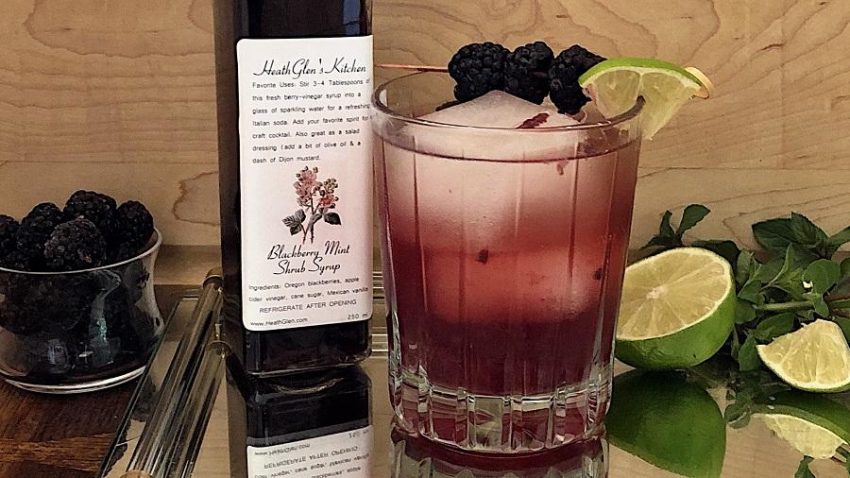
How to Make Infused Simple Syrups
Simple syrups are sweeter thank shrub syrups, as they do not include the vinegar.
A typical ratio of ingredients in simple syrups is equal parts of fruit juice (clear juice without pulp) to sugar.
Bring the juiced fruit and sugar to a boil to dissolve the sugar and pasteurize the juice. Then aromatics or herbs can be infused into the hot syrup. Just turn the heat off once the syrup has boiled, add the spices (use whole spices not powdered) you want to infuse, cover and let it sit for 20 minutes or so.
Strain the spices out of the syrup through a cheesecloth or mesh strainer, bottle it up and store for about 3 months in a cool place.
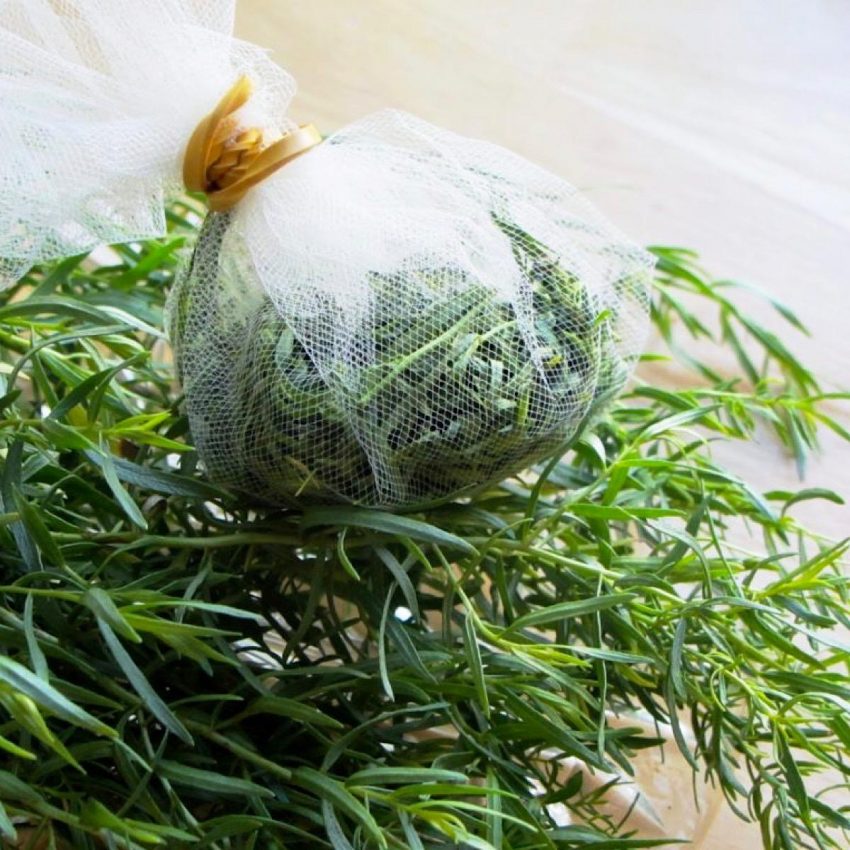
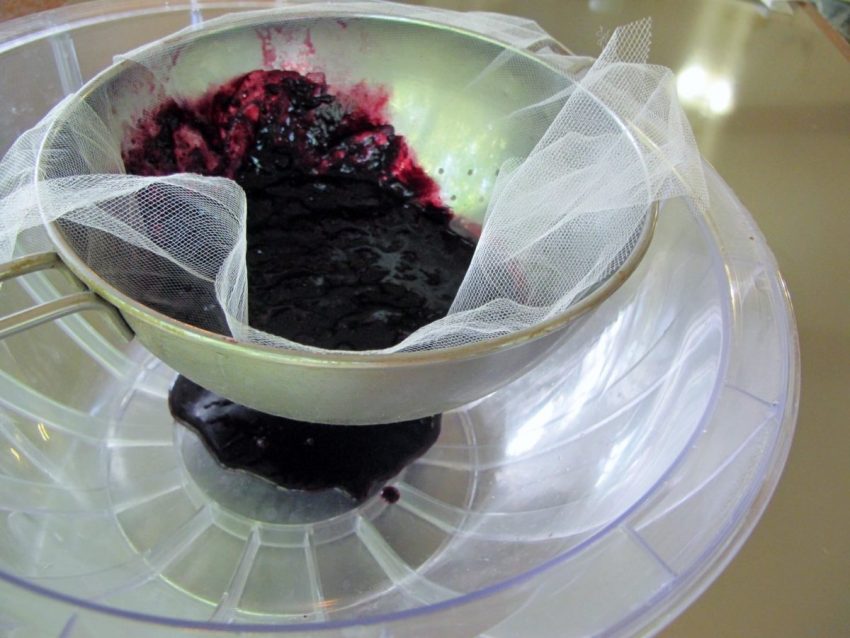
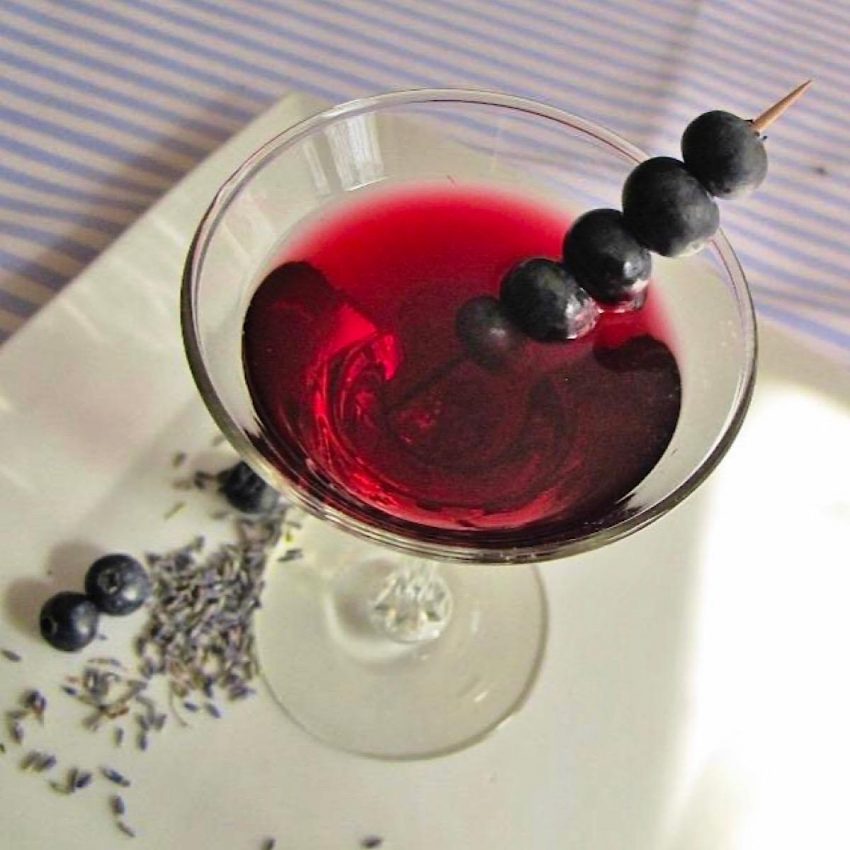
Tip: Using a Mehu Liisa stainless steel steam juicer to juice and strain fresh fruit is a great time saver and results in a clear, pulp free juice
How to Use Shrub Syrups
Both the tangy shrub syrups and the sweeter simple syrups have their place in cocktails and mocktails. It is really just a matter of taste.
The shrub syrups can add a depth and complexity that you might not get with a simple syrup and they are, of course, less sweet.
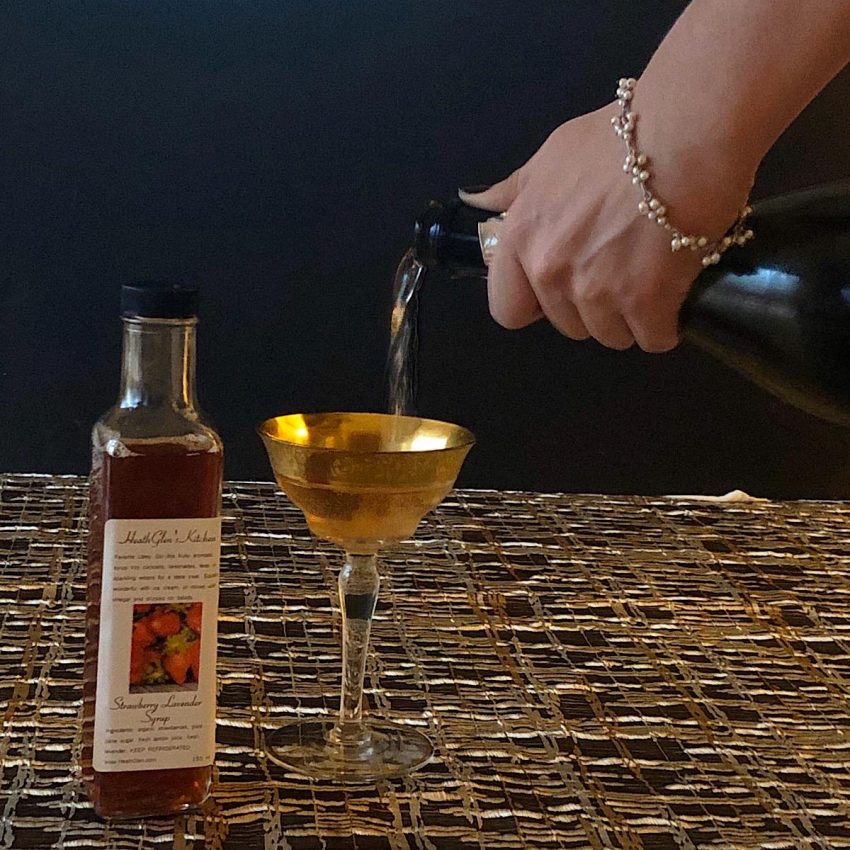
Many of the cocktails that recommend using shrub syrups will also include bitters. This tends to round out your drink, giving you the full range of sweet, sour, and bitter flavors.
A few other reasons the tangy shrub syrups are popular for cocktails include:
- shrub syrups add complexity and depth to a drink and cut the sweetness (see above explanation)
- they are often considered an alternative to using citrus juices in cocktails, which some people cannot have or do not like
- cocktails with shrub syrups are said to stimulate the appetite
- they are shelf stable (unlike citrus), and easy to keep on hand (can store for up to a year in the fridge)
- vinegar is a good carrier of chile peppers if you like to add spice to your beverages.
In addition, many shrub syrups are made with apple cider vinegar, which is considered good for your health (but hard to get down by the spoonful), so some people use the shrub syrup with water for digestive reasons.
Mixology Basics and Ratios of Alcohol to Drink Syrup
I think mixology is very similar to baking actually. The core ingredients are always there in fairly specific ratios and then you can get creative with flavor enhancement around this core.
I was a bartender throughout my twenties, as I was working my way in and out of grad school (I did not take a very direct course). Bartending helped me get familiar with the flavor profiles of the many spirits and liqueurs, but back then fresh fruit was only seen on the garnish tray.
While the current popularity of mixology has definitely enhanced the creative side of cocktails, it has also brought the status of a “mixologist” up to celebrity chef status, which can be intimidating to those of us who just want to make and share a good drink.
I think perhaps we need to relax with this trend a bit more. Mixing your own cocktails is basically about learning the approximate ratios between a spirit, a sweetener (syrup), and a complementary liqueur.
Flavored bitters, fresh fruit, smoke, fresh vegetables or herbs are the enhancements that might take a good cocktail to a great one. When starting out with DIY mixology, you might find you are plenty happy with “good”.
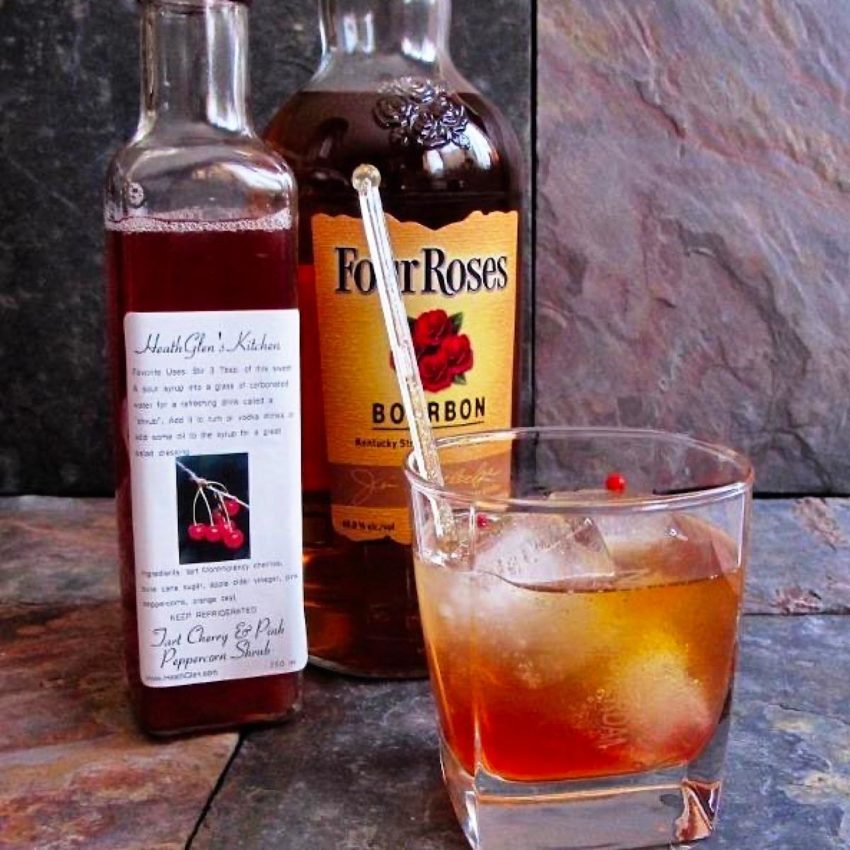
Recipe Template for Craft Cocktails
The following blueprint is one easy way to look at mixing drinks in your home with the materials you have at hand. For a more in-depth look at mixology, I would recommend DIY Cocktails, by Marcia Simmons & Jonas Halpren.
For Martinis or Cocktails that are Strained into chilled glass (aka “up”):
- 2 oz. Base Spirit
- 1/2 oz. Drink Syrup (Shrub or Simple Syrup)
- 1/2 oz. Complementary Liqueur (like cassis or elderflower liqueur)
- Bitters (anywhere from a dash to 5 drops)
For Cocktails that are served over ice (on the rocks or on crushed ice):
- 2 parts spirit
- 1 part citrus
- 1/2 part drink syrup
- Splash of sparkling water
- muddled fresh herb, berry or vegetable
For Easy Mocktails:
- 1 part Drink Syrup
- 4 parts Carbonated non-alcoholic mixer (i.e., club soda, ginger Ale, Ginger Beer, tonic water, etc.)
- muddled herb, berry or vegetable
For a Fun Signature Beer (a Spicy Michalada):
- Rim a beer glass with powdered chile pepper
- add 1/2 oz Orange Chile Shrub Syrup to glass,
- Top off with your favorite beer.
If you are interested in specific cocktail recipes tested by yours truly and family, enter cocktails in the search bar and you’ll find several posts on specific recipes using shrub syrups.
Cheers!!

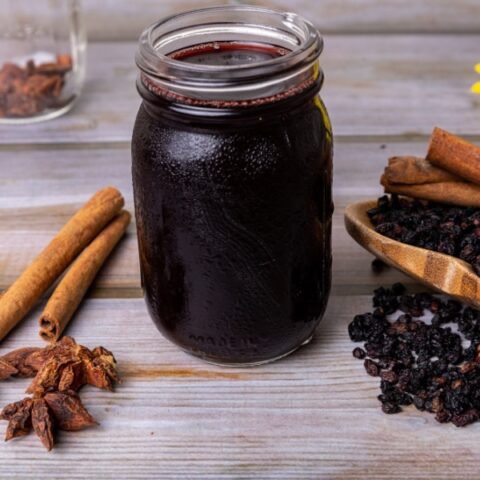
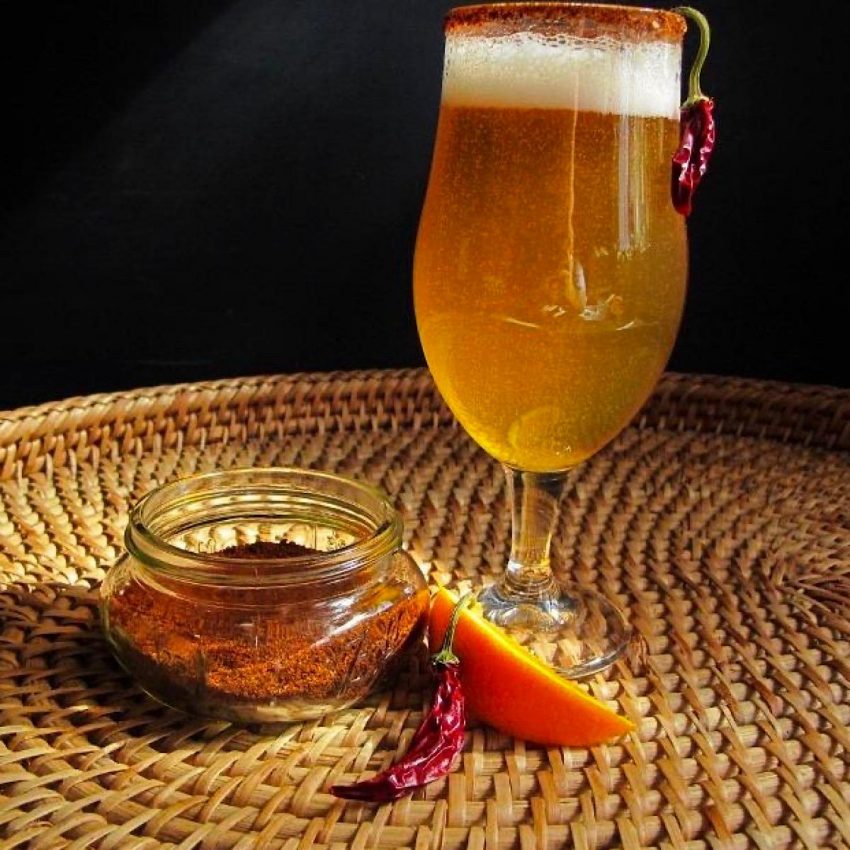
[…] It’s that time of the year….cranberries, pumpkin, gløggs, toddies, hot chocolate and of course, champagne. In keeping with the holiday “spirit”, here are some recipes for craft cocktails and mocktails using a Cranberry Thyme Shrub Syrup and/or a Cranberry Ginger Simple Syrup as the flavor enhancer. If you want to make your own cranberry shrub syrups for these cocktails, see this post. […]
[…] For more information on DIY shrub syrups click here. […]
[…] click here to see methods for making and using shrub syrups. […]